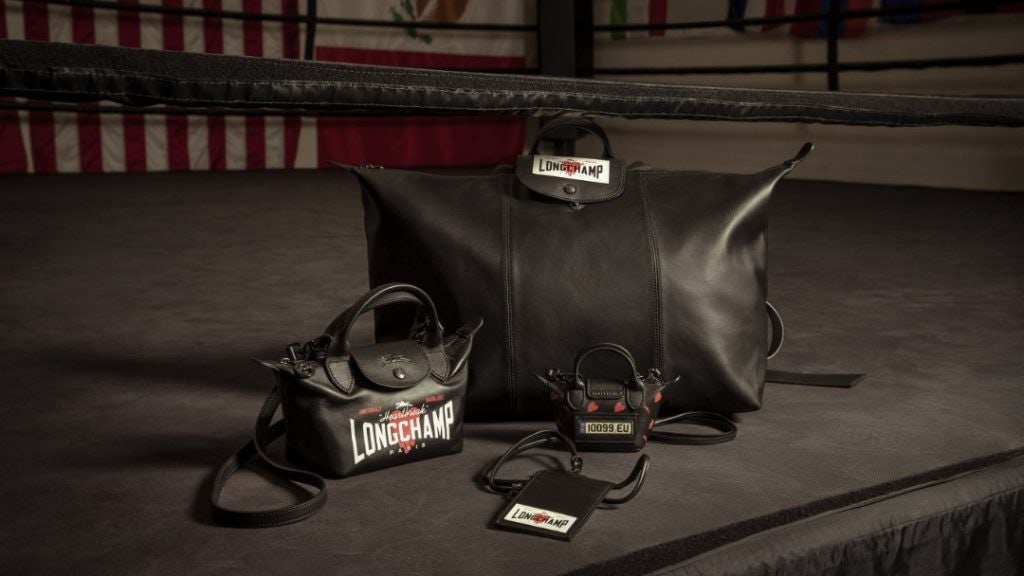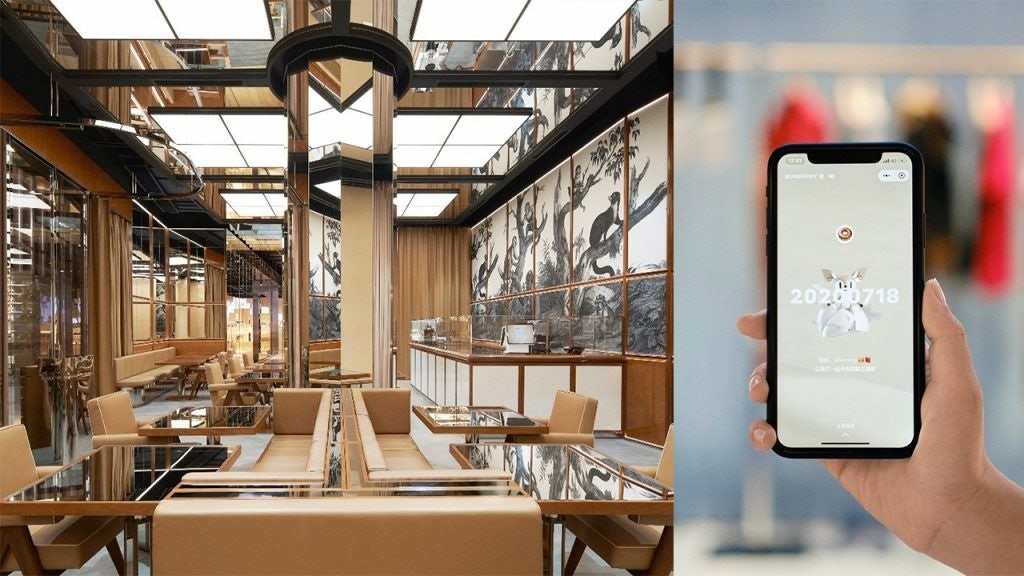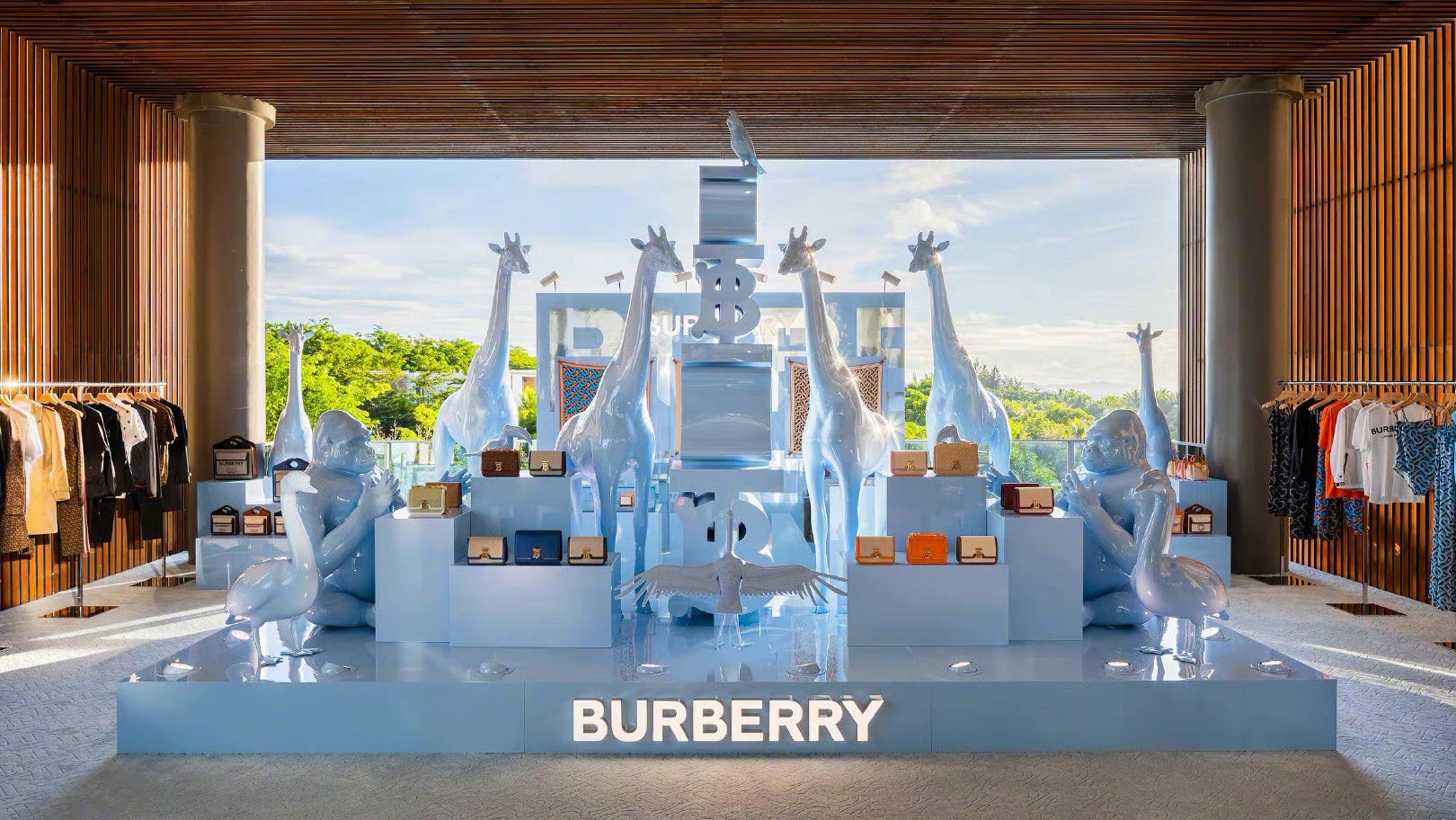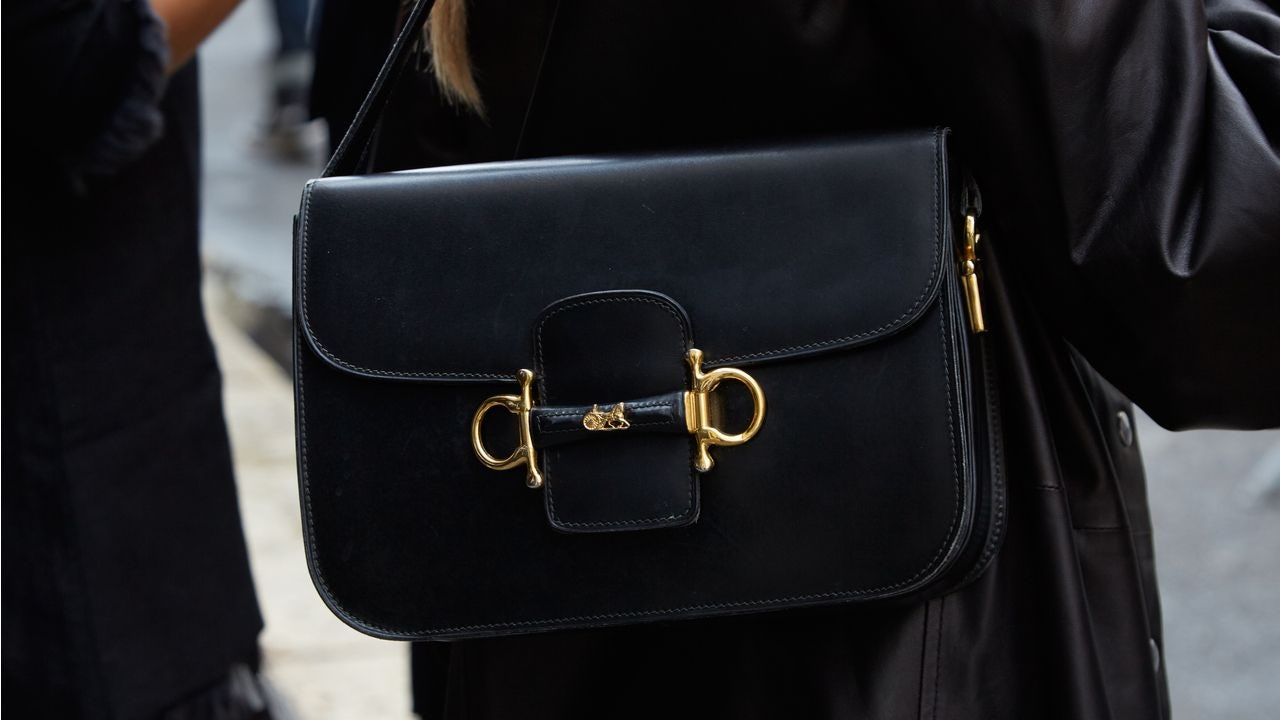Key takeaways:#
It can cost from five to 25 percent more to acquire a new customer than to retain an existing one.
An increase in customer retention rates by five percent boosts profits by 25 to 95 percent.
Return customers increase the emotional appeal and likability of a brand.
China is a large and diverse market, so global brands have found it increasingly difficult to lure and retain repeat customers. Without the right marketing strategy, even the most acclaimed brands can fail or lose market share to upstart competitors.
The U.S. Chamber of Commerce reveals a study by Gartner Group showing that 80 percent of a business's future profits will come from 20 percent of its existing customers. Additionally, research done by Bain & Company highlights that an increase in customer retention rates by five percent boosts profits by 25 to 95 percent. And Harvard Business Review emphasizes that it can cost from five to 25-percent more to acquire a new customer than to keep an existing one.
Return customers also increase the emotional appeal and likability of a brand. As loyal followers, these customers become brand ambassadors, so they have the power to trigger strong emotional responses in their communities. Brands that understand how to leverage these emotional connections will win big.
Considering how repeat customers increase a company's profit margins, sales, and earnings, it is hardly surprising that brands are constantly trying innovative ways to attract and retain them.
Let’s take a look at the most effective strategies for attracting repeat customers in China.
Investing in collaborations#
In a “label-obsessed” culture like China's, co-branding partnerships and collaborative marketing both work with returning customers because they double exposure and brand affiliations.
According to Danny Parisi, a fashion reporter at Glossy, brand collaborations are very popular in China, “and their frequency and popularity are growing each year.” Lending a note of credibility to his argument, Parisi highlights a 2019 report from Gartner L2 showing that the percentage of businesses promoting brand collaborations on Weibo had increased from 62 percent in the first quarter of 2018 to 80 percent by the midpoint of 2019.
“We’ve seen a big ramp-up in brand collaborations recently,” said Christina Fontana, the head of fashion and luxury for Tmall Europe, to Glossy. “The retail environment in China is very competitive and very fast. Brands always want to create buzz and give people a reason to talk about them.”
Several brand collaborations increased the perceived value of both businesses and scored big points with customers. Loewe x The Beast, Uniqlo x KAWS, Longchamp x Emotionally Unavailable, and CONVERSE x Feng Chen Wang were just some of the high-profile collaborations that appealed to customers in China.

Strategic pricing#
Whenever there is news of price hikes, crowds flock to luxury boutiques in China to try and buy luxury goods. Westerners might label this behavior as irrational, but the paradox of pricing works very well in the Chinese market.
Strategic pricing is smart marketing since it increases both demand and desirability — but nowhere does it work better than in China.
Consumers experience angst and discomfort when they feel that their options and benefits have been drastically reduced because of price hikes. And retailers know that a fear of missing out creates urgency and pushes luxury buyers to make impulsive purchases.
According to The Fashion Law, the average median price of luxury goods in Mainland China is 60 to 75-percent higher than in Europe. But despite high margins, heritage brands like Hermès, Chanel, and Louis Vuitton continue to boost their prices.
Loyalty programs#
Rewarding customers for their engagement is not something unconventional or groundbreaking. However, Chinese e-commerce giants and global brands operating in China are finding creative ways to maximize customer engagement through loyalty programs.
Alibaba revamped its loyalty program model by empowering customers and transforming them into valuable co-creators. For example, China's e-commerce platforms introduced gaming elements and time-sensitive mobile promotions into customer loyalty programs.
On the other hand, luxury and premium brands that are constantly preoccupied with post-purchase behavior, like Coach and Ermenegildo Zegna, have created personalized offers and discounts for loyalty buyers.
Experiential marketing has replaced traditional marketing#
No other brands have achieved a better understanding of youth culture than Gucci and Burberry. These luxury brands understand that the modern luxury consumer expects individualized, authentic experiences. Therefore, they have learned to leverage the power of customer data and modern technologies to create personalized luxury experiences.
Burberry’s new social retail store in Shenzhen powered by Tencent technology engages repeat customers through immersive experiences. Customers are rewarded “as they explore online and in-store,” according to Marco Gobbetti, CEO at Burberry.

As stated in a Burberry press release, the store “is a space of exploration, designed to inspire and entertain luxury customers.” Inside, fans of the brand can connect with Burberry and its merchandise "in new and exciting ways, in person and on social media.”
On the other hand, online shopping on the Gucci platform “is an experience that mirrors its runways: each ready-to-wear look is sold as pieces of the outfit that appeared on the catwalk,” according to Digiday.
Louis Vuitton is also finding unique and creative ways to build communities through immersive brand experiences. The French heritage brand is a world-renowned authority in the world of luxury but also in fine art. And through its Foundation, Louis Vuitton has promoted artists and unique exhibitions while merging the worlds of arts and luxury.

